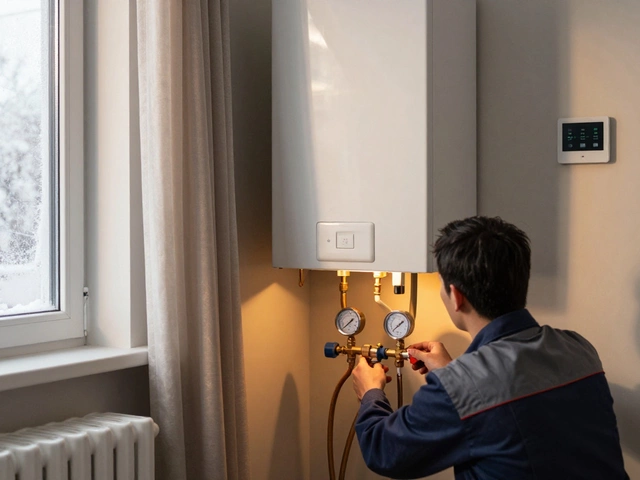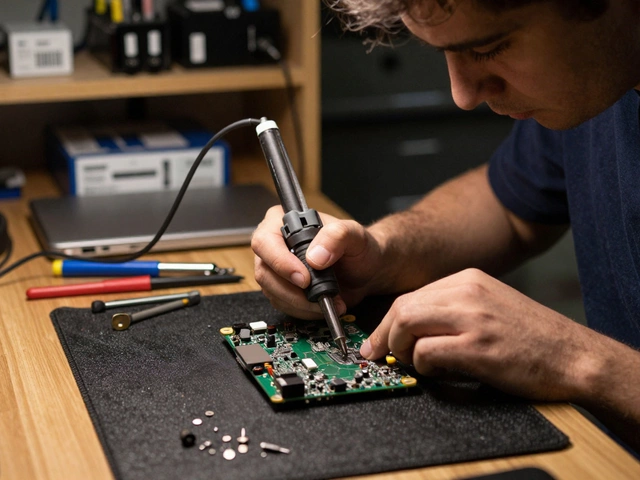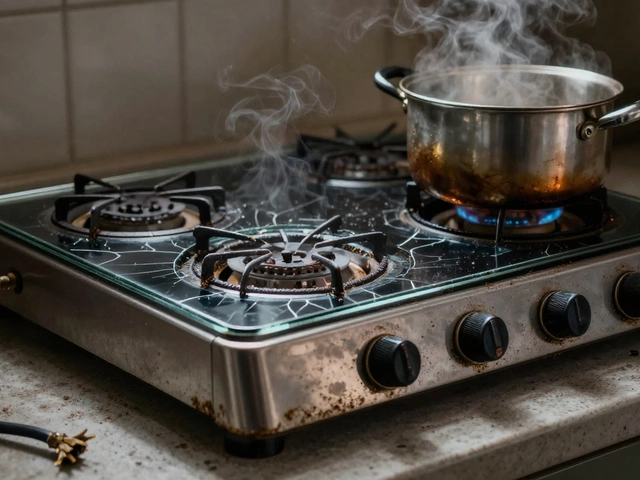Dishwasher Not Draining? Simple Fixes You Can Try Today
If you’ve opened your dishwasher and found a puddle of sudsy water at the bottom, you know how frustrating a drainage issue can be. The good news? Most of the time you don’t need a full service call. A few quick checks can get the water flowing again and save you time and money.
Common Reasons Your Dishwasher Won’t Drain
Before you start pulling parts apart, it helps to know the usual suspects:
- Clogged filter or trap: Food bits, glass shards, or grease can build up in the filter, stopping water from exiting the tub.
- Bad drain hose: The hose can kink, become pinched behind cabinets, or collect debris that blocks flow.
- Faulty pump: The pump pushes water out. If the impeller is jammed or the motor fails, water stays inside.
- Improper installation: A hose that’s too low or too high can create a siphoning problem, preventing drainage.
- Blocked air gap: Some homes have an air gap device on the sink. If it’s clogged, water backs up into the dishwasher.
Identify which of these is most likely in your situation, then move on to the next steps.
Step‑by‑Step DIY Fixes
1. Check the filter. Open the bottom of the tub, usually behind a removable rack. Twist out the filter and rinse it under warm water. Clear any food particles, then reinstall it snugly.
2. Inspect the drain hose. Pull the dishwasher away from the wall (you may need a screwdriver to release the mounting brackets). Look for kinks or sharp bends. If the hose is clogged, detach it and run water through with a garden hose or a long screwdriver.
3. Test the pump. After you’ve cleared the filter and hose, run a short cycle while listening for the pump’s humming sound. If you hear a loud buzz or nothing at all, the pump may be jammed or dead. In that case, you’ll probably need a professional to replace it.
4. Verify proper hose height. The drain hose should form a high loop (about 30‑40 cm above the floor) before dropping down to the sink drain. This prevents water from flowing back into the machine.
5. Clean the air gap. If your sink has a small cylindrical device between the faucet and the drain, remove the cap and clear any debris. Rinse it thoroughly.
After you’ve tackled these steps, run a rinse cycle. If the water disappears as expected, you’ve solved the problem. If not, it’s time to call a qualified technician.
Why call a pro? A technician can test electrical components, check for hidden clogs, and ensure the pump’s motor is still safe to use. Trying to force a broken pump can cause more damage and raise your repair bill.
Remember, regular maintenance helps prevent drainage woes. Clean the filter once a month, wipe the door seal, and run a hot water cycle every few weeks to keep grease from building up.
So the next time your dishwasher isn’t draining, start with the filter and hose. A few minutes of simple work often does the trick. If the issue persists, don’t hesitate to reach out for expert help – better a quick service than a flooded kitchen later.
Most Common Dishwasher Fault: Causes, Fixes, and Expert Tips
- Alden Wilder
- Jul 30 2025
- 0 Comments
Find out why dishwashers stop draining and how you can fix the problem yourself before calling a professional. Step-by-step tips included.
View More




